Can You Really Start a Business with $100? Yes—If You Follow These Steps
Ever felt like you needed a ton of money, an MBA, or a venture capitalist’s blessing to start your own business?
What if I told you that you don’t need any of that?
That’s exactly what The $100 Startup by Chris Guillebeau proves.
This book is a wake-up call for anyone who’s been waiting for the “perfect” time or “enough” money to start building their dream business.
If you’ve ever wanted to turn a small investment into financial freedom, keep reading. We’re breaking down the most valuable lessons from The $100 Startup—and how you can use them to create a thriving business starting today.
🚀 The Big Idea: You Don’t Need a Fortune to Start—Just a Smart Plan
Chris Guillebeau’s core philosophy is simple:
✔️ You can build a profitable business with little to no upfront capital.
✔️ Your current skills, passions, and experiences can become income-generating assets.
✔️ You don’t need investors or complex business models—just a clear value proposition and paying customers.
He debunks the myth that starting a business requires massive investment or years of planning. Instead, he focuses on lean, low-risk entrepreneurship—proving that action beats perfection every time.
💡 Why This Matters for Wealth-Building:
- A small, profitable business can be your path to financial independence.
- A side hustle can grow into a full-time income stream.
- Multiple small wins compound over time—helping you create long-term wealth.
🛠️ Key Financial Lessons from The $100 Startup
1️⃣ Start With What You Have
Most people overcomplicate starting a business.
“You don’t need investors, expensive courses, or a brand-new idea—you just need to take action.”
✅ Use your existing skills—freelancing, coaching, digital products, or services.
✅ Look at what you already own—a laptop, a camera, or even just an internet connection.
✅ Start small, test fast—before you invest too much time or money.
💡 Example: A graphic designer doesn’t need a fancy office to start—just a solid portfolio and a few paying clients.
2️⃣ Find the Sweet Spot: Passion Meets Profit
Building a business around your passion is great—but if no one wants to pay for it, it’s just a hobby.
✅ Ask yourself two questions:
1️⃣ What do I enjoy doing?
2️⃣ What are people willing to pay for?
Your goal is to find the overlap—where your passion meets real market demand.
💡 Example: You love photography, but competition is fierce. Instead of general photography, you specialize in personal branding headshots for professionals—a highly valuable niche.
3️⃣ Launch Fast, Improve Later
One of the biggest mistakes entrepreneurs make?
🔴 Waiting for the “perfect” launch.
🔴 Spending months fine-tuning a website before testing demand.
🔴 Building an expensive product without validating if people want it.
✅ Instead, start with a “Minimum Viable Product” (MVP).
✔️ Sell a basic version of your product/service to early customers.
✔️ Get real-world feedback instead of guessing what people want.
✔️ Use that feedback to iterate and improve.
💡 Example: Instead of creating a full-scale online course, start with a simple paid workshop to gauge interest. If people love it, scale up.
4️⃣ Keep Costs Low & Revenue High
Guillebeau’s biggest takeaway?
✔️ Focus on profitability from day one.
✔️ Your goal isn’t just to build a business—it’s to make money.
✔️ Reinvest profits instead of taking on debt.
✅ Use free or low-cost tools for marketing (social media, email lists, and community building).
✅ Offer services before scaling into products—cash flow is key in the early stages.
✅ Avoid unnecessary expenses—don’t waste money on a fancy website before landing your first customers.
💡 Example: Instead of hiring an expensive team, a solo entrepreneur uses automation, templates, and freelancers to keep overhead low.
5️⃣ Leverage Community and Word-of-Mouth Marketing
One of the most overlooked business growth hacks? Community building.
“People don’t just buy products—they buy relationships, stories, and trust.”
✅ Engage with your audience through social media.
✅ Create an email list early—even before you have a product.
✅ Encourage word-of-mouth referrals and testimonials.
💡 Example: A writer launching a book builds an email list of 1,000 engaged followers first—ensuring an eager audience when the book is ready.
⚠️ Common Pitfalls to Avoid
❌ Overplanning Instead of Acting: You learn more by launching than by overanalyzing.
❌ Spending Too Much Too Soon: Keep your expenses low until you have steady revenue.
❌ Ignoring Market Demand: Passion alone won’t make you rich—solve real problems for people.
❌ Waiting for Confidence: Confidence comes from experience. Start now, and build it along the way.
🛠️ How to Apply The $100 Startup to Your Financial Journey
✅ Step 1: Identify Your Skills—Write down things you’re good at and what people ask you for help with.
✅ Step 2: Test a Simple Offer—Sell a service, digital product, or small-scale version of your idea.
✅ Step 3: Focus on Profitability—Keep costs low and prioritize income-generating tasks.
✅ Step 4: Build an Audience—Start an email list, engage on social media, and offer valuable content.
✅ Step 5: Scale Smartly—Use automation, outsourcing, or productization to grow without overworking.
💡 Your business should serve you—not the other way around.
🎤 Your Turn!
👉 What’s one business idea you could start today with less than $100? Drop a comment below!
🚀 If this helped you, share it with a friend who needs a business breakthrough!

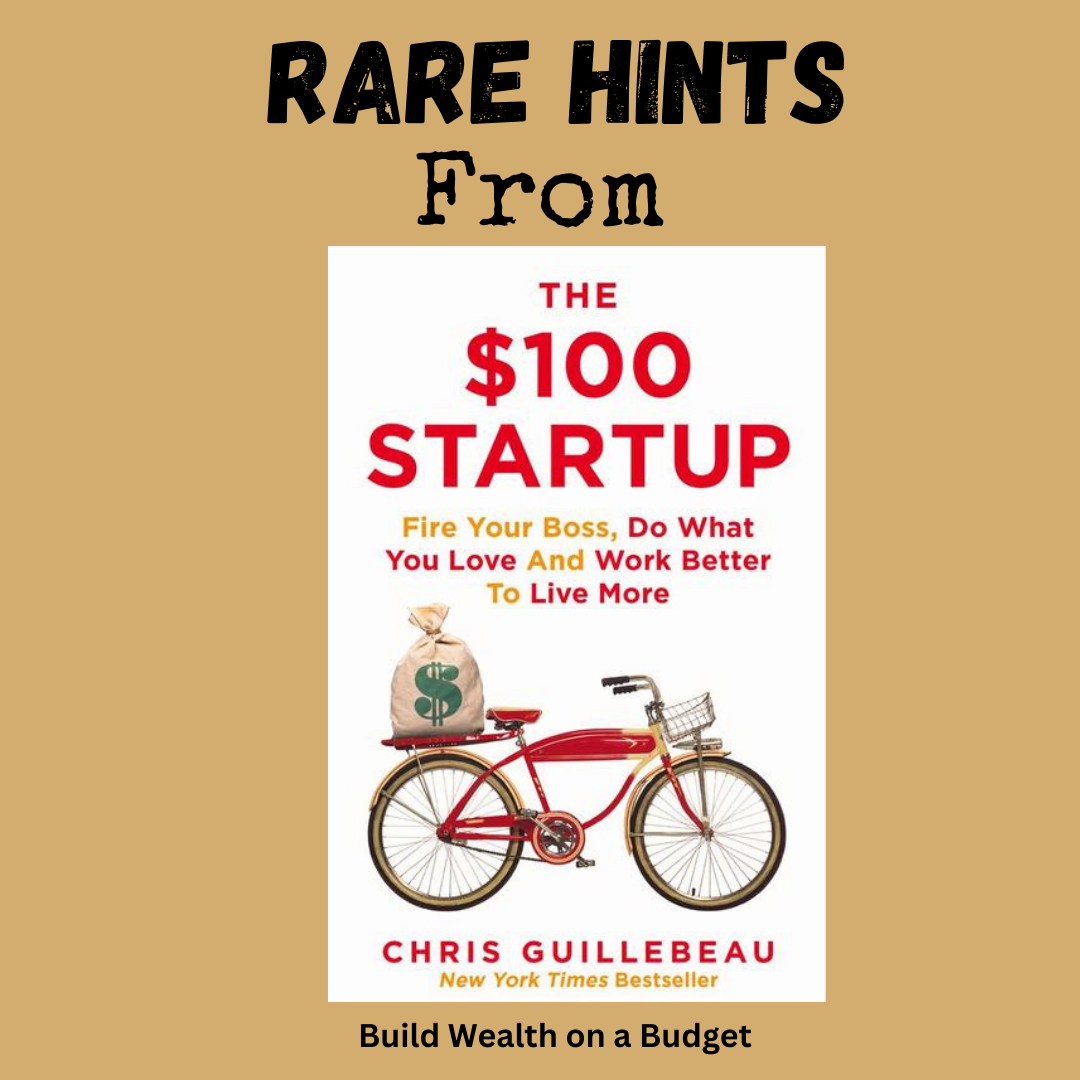
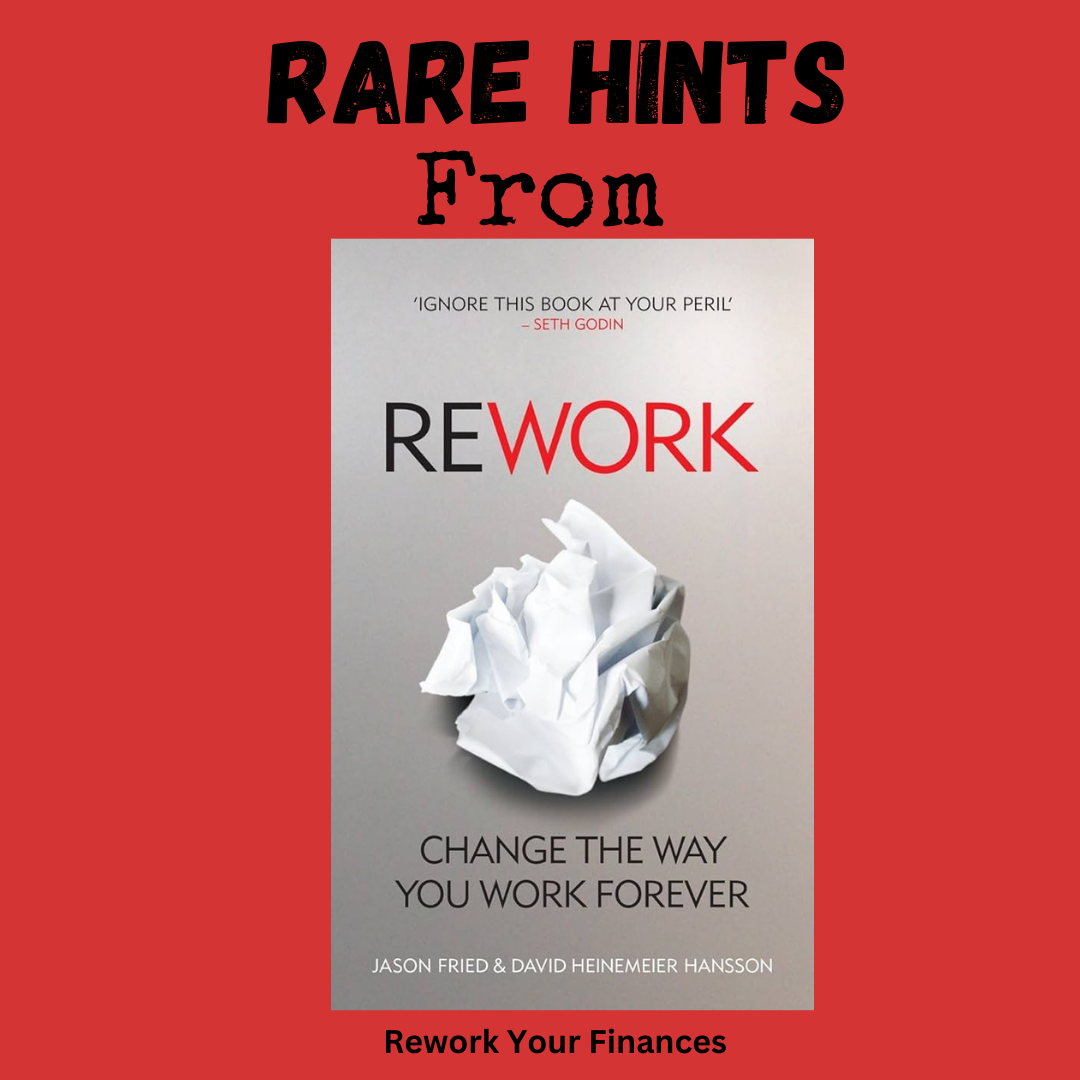
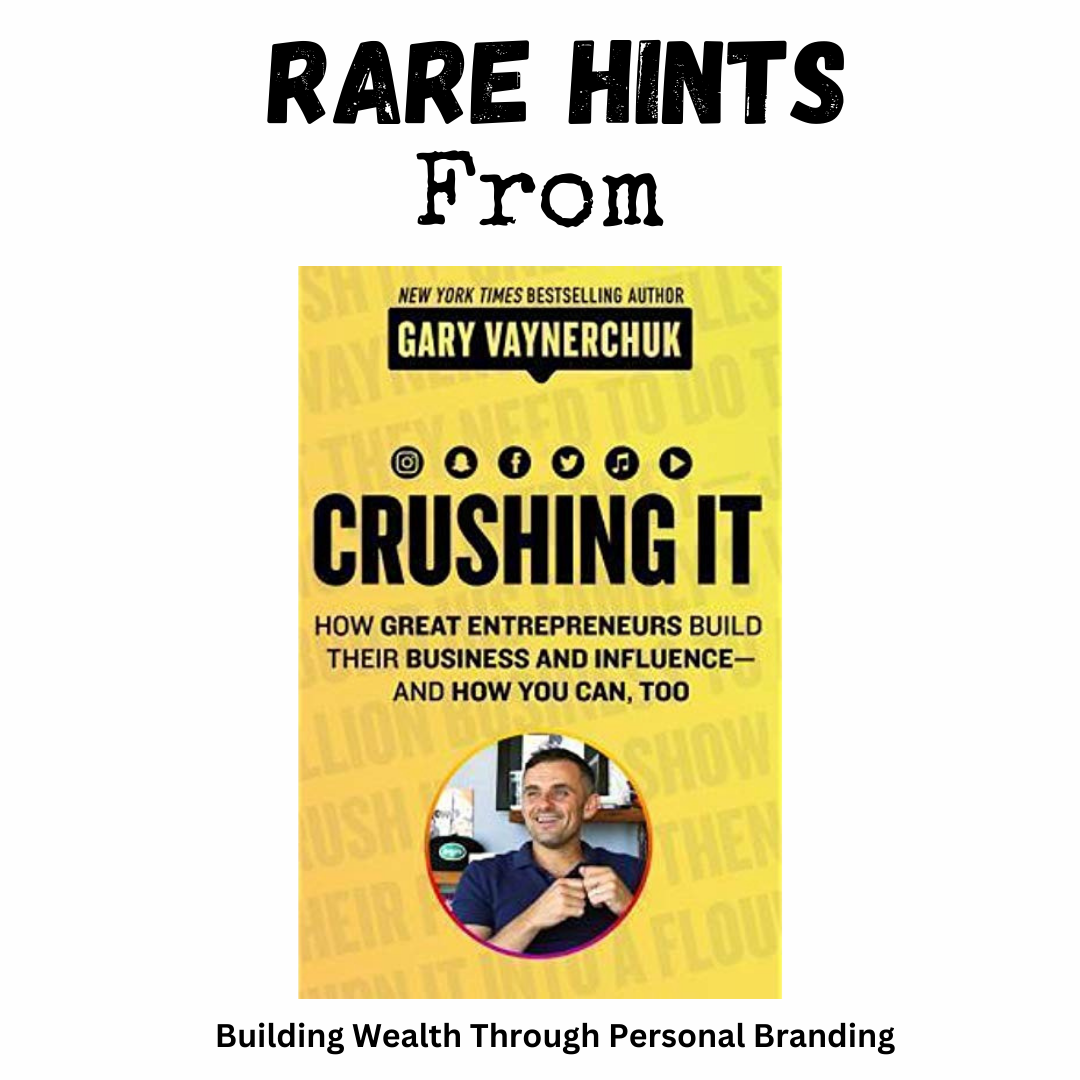
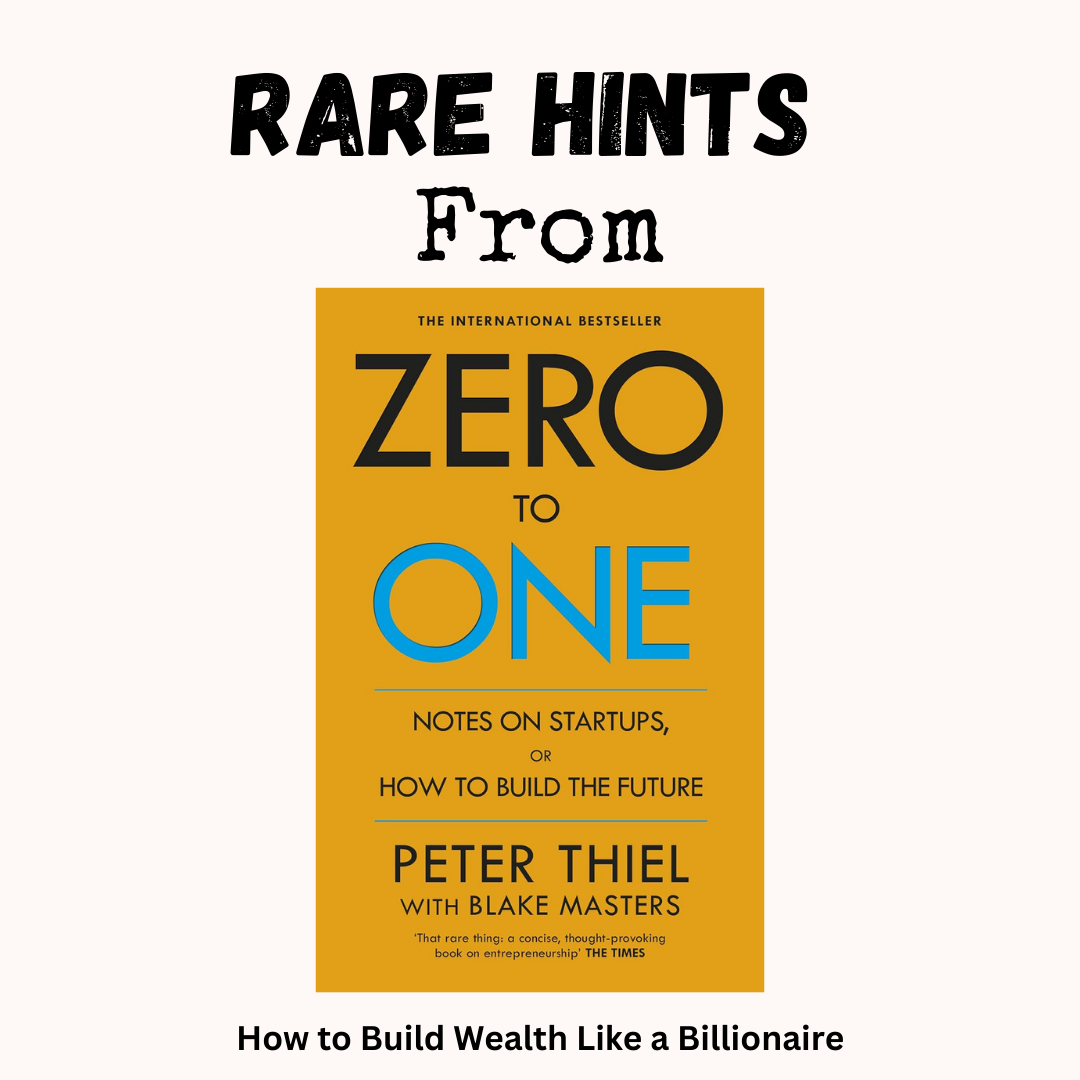
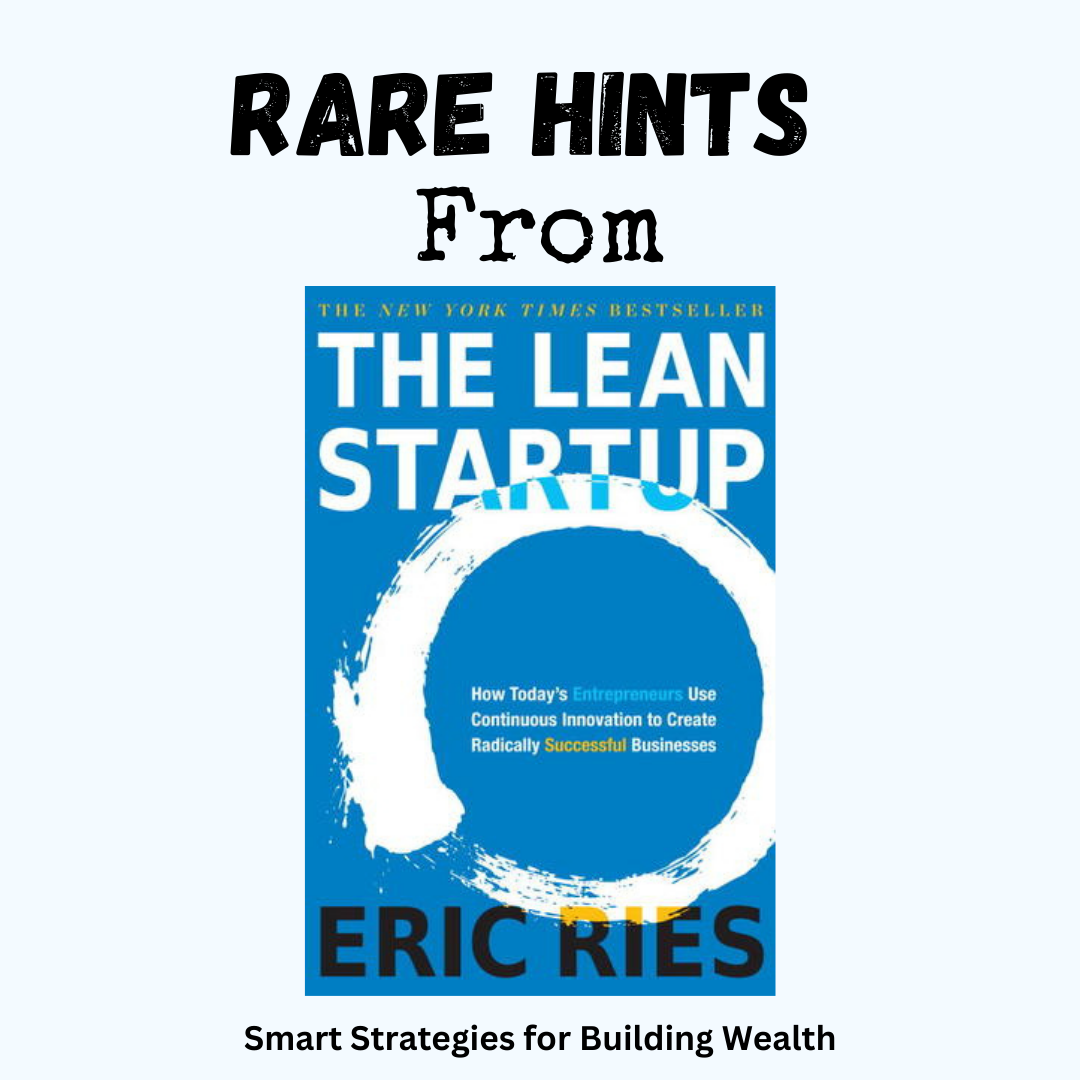
Leave a Comment